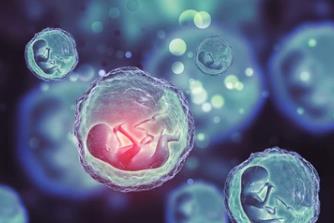The development of normal mammals occurs in a hydrogen-peroxide environment, and the adaptive response to hydrogen peroxide is considered a landmark event for embryo survival in hypoxic fallopian tubes and intrauterine environments, thus playing a crucial role in mammalian evolution. Due to the gene deletion of hypoxia-inducible factor (HIF) (oxygen-sensitive transcription factor), the response to physO2 is insufficient, resulting in embryo loss during implantation or severe developmental defects shortly after…
Author: biomart
The Gasdermin Family: Emerging Therapeutic Targets for Diseases
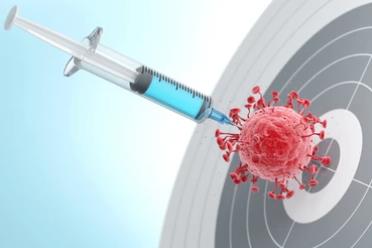
The recently discovered Gasdermin (GSDM) protein family plays a crucial role in regulating pyroptosis, a special form of programmed cell death (PCD). In humans, six homologous genes have been identified: GSDMA-E and DFNB59. The role of GSDMs in pyroptosis has been confirmed, and GSDMA-E has been shown to undergo protein hydrolysis processing, leading to the release of n-terminal (NT) fragments that assemble into pores on the plasma membrane (PM). …
QDPR Deficiency Leads to Immunosuppression of Pancreatic Cancer
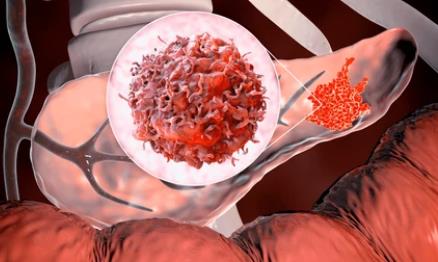
The research team led by Lin Dongxin, Zheng Jian, and Wang Liqin from the Cancer Prevention and Treatment Center of Sun Yat-sen University and the National Key Laboratory of Malignant Tumor Prevention and Treatment in South China published a research paper titled “QDPR deficiency drives immune suppression in pancreatic cancer” in the Cell Metabolism journal. This study found that in pancreatic ductal adenocarcinoma (PDAC), quinone dihydropterin reductase (QDPR) deficiency…
Key Targets in Molecular Characteristics of Parkinson’s disease at Different Stages of Progression

The neuroinflammation associated with Parkinson’s disease (PD) has attracted widespread attention due to abnormal protein aggregation, among which glycosylation, as a post-translational modification process that maintains protein stability, plays an important role in this process. Recently, in a research report published in the international journal PNAS Nexus titled ” Changes in tissue protein N-glycosylation and associated molecular signature occur in the human Parkinsonian brain in a region-specific manner”, scientists…
FOXO1- Key Protein That Can Control the Lifespan of Car-T Cells
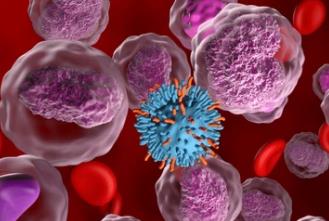
Nowadays, CAR-T cell therapy has completely changed the treatment of certain types of cancer. The longer these CAR-T cells survive in the patient’s body, the more effective their response to cancer becomes. Recently, a research report titled “FOXO1 is a master regulator of memory programming in CAR T cells” was published in the journal Nature. Scientists from institutions such as Stanford University School of Medicine found through their research…
A New Study Has Successfully Constructed a Human Neuron Model That Simulates the Diffusion of Tau Protein Aggregates

In a new study, researchers from the Will Cornell School of Medicine in the United States have developed an innovative human neuron model that can effectively simulate the diffusion of tau protein aggregates in the brain – a process that is responsible for cognitive decline in Alzheimer’s disease and frontotemporal dementia. Through this new model, they discovered novel therapeutic targets that may prevent tau diffusion. This preclinical study is a…
A New Mechanism of Glucocorticoid Inhibition of Inflammation

Cortisone and other related glucocorticoids are highly effective in inhibiting excessive immune responses. But before this, people knew very little about how they did it. Now, in a new study, researchers from Berlin’s Charlotte Medical School, the University of Erlangen, and the University of Ulm have conducted a more detailed exploration of their molecular mechanisms of action. They report that glucocorticoids can reshape the metabolism of immune cells, activating…
A New Mechanism Linking Poor Diet with Increased Cancer Risk

In a recent study, the research team of the National University of Singapore and the Singapore Science and Technology Research Bureau has made groundbreaking progress. These new findings reveal the relationship between cancer risk and poor eating habits and clarify the causal chain between common diseases such as diabetes induced by poor diet and the increased risk of cancer. The breakthrough results of this study are expected to provide strong…
Activating GCN2 Can Metabolize Reprogrammed T Cells and Enhance Their Anti-Tumor Immunity
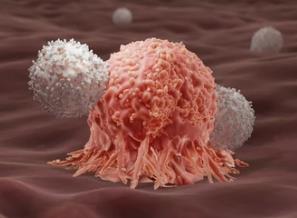
Researchers from the University of Toronto published a research paper titled “Ex vivo activation of the GCN2 pathway metabolically reprograms T cells, leading to enhanced adoptive cell therapy” in the Cell Reports Medicine journal. This study confirms that in vitro activation of the GCN2 pathway can metabolize reprogrammed T cells, thereby enhancing the therapeutic effect of adoptive cell therapy. Featured Products Cat. No. Product Name Source (Host) Species Tag…
RHBDL4 – A Novel Regulatory Mechanism for Controlling the Body’s Immune System

Toll-like receptor 4 (TLR4) is a central regulatory factor of innate immunity in the body, mainly able to recognize the lipopolysaccharide cell wall components of bacteria and induce cytokine release. Recently, a research report titled “RHBDL4-triggered downregulation of COPII adaptor protein TMED7 suppresses TLR4-mediated inflammatory signaling” was published in Nature Communications. Scientists from institutions such as the University of Cologne found through their research that the membrane protease RHBDL4…
